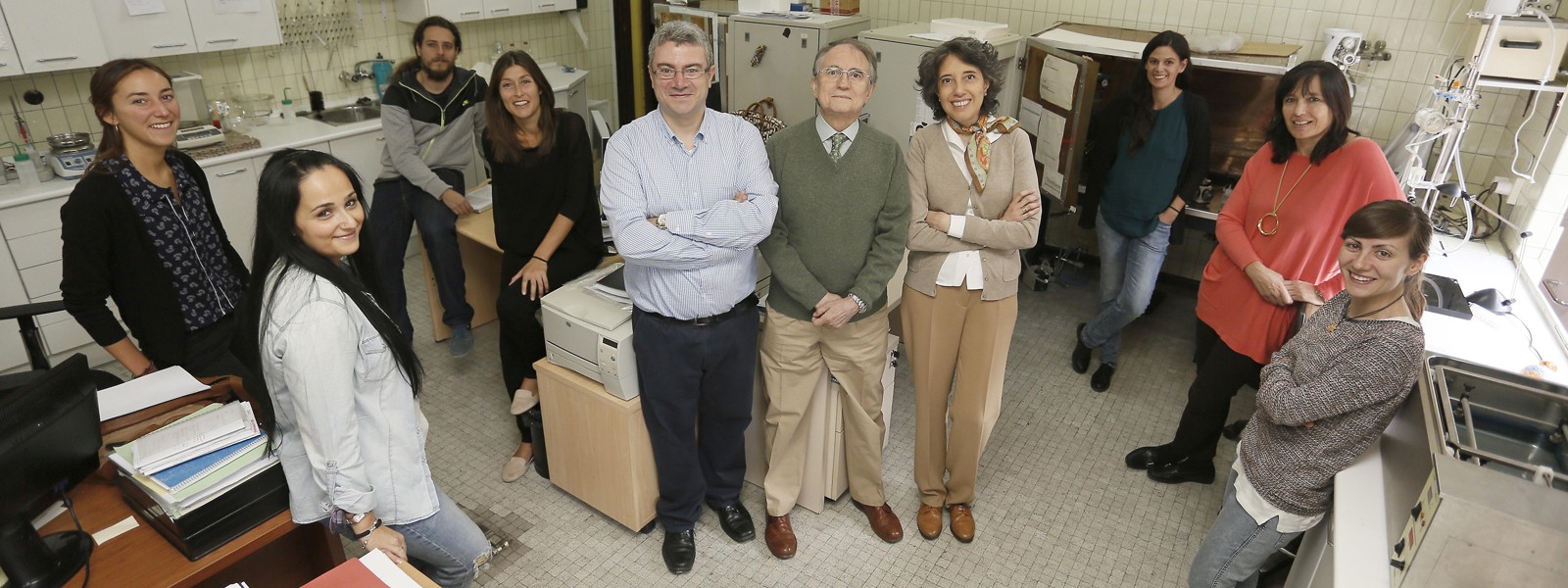DIRECTOR
RESEARCH TEAM
María Eva Delpón Mosquera, Ricardo Caballero Collado, Ricardo Gómez García, Adriana Barana Muñoz, Irene Amorós García, Marta Pérez-Hernández Durán and Marcos Matamoros Campos, Universidad Complutense de Madrid.
COLLABORATING INSTITUTIONS
DESCRIPTION
Atrial fibrillation (AF) is the most frequently diagnosed cardiac arrhythmia in clinical practice. Unfortunately, the efficacy of the current therapies remains limited due to our incomplete knowledge of the mechanisms underlying its genesis and maintenance. Therefore, the identification of the actual mechanism/s responsible for AF is the bedrock needed to build the future therapeutics strategies.
Familial lone AF (AF in the absence of other cardiovascular diseases) is a “pure” human model that can be helpful to ascertain the ultimate mechanisms responsible for AF. In the ITACA Consortium, which involves 6 University Hospitals of Madrid, we have studied a three-generation Spanish family (54 members) affected by familial AF without other electrophysiological or cardiovascular diseases.
Next generation sequencing identified a novel heterozygous mutation in the pacemaker channel HCN4 responsible for the automatic activity of the pulmonary veins leading to the substitution of the Proline at position 1163 by Histidine (p.P1163H) in four members of the second generation.
The specific objectives of the Project are to:
1) Complete the genetic analysis of all family members.
2) Study the functional consequences of p.P1163H HCN4 mutation in mammalian cell lines.
3) Determine the putative interaction of HCN4 channels with Nav1.5, Kir2.x, and Kv7.1+minK channels.
4) Analyze the effects of the mutation on ion currents and electrical impulse conduction in atrial myocytes differentiated from human induced pluripotent stem cells (hIPSc).
5) Perform a transcriptome analysis in atrial myocytes differentiated from hIPSc.
6) Develop a knock-in mouse wearing the p.P1163H HCN4 mutation. The results obtained would allow us to identify the mechanism by which HCN4 mutations can cause familial AF and to increase our knowledge into the actual mechanism underlying the initiation/maintenance of the arrhythmia, which eventually would allow us to identify a novel target for its treatment.

